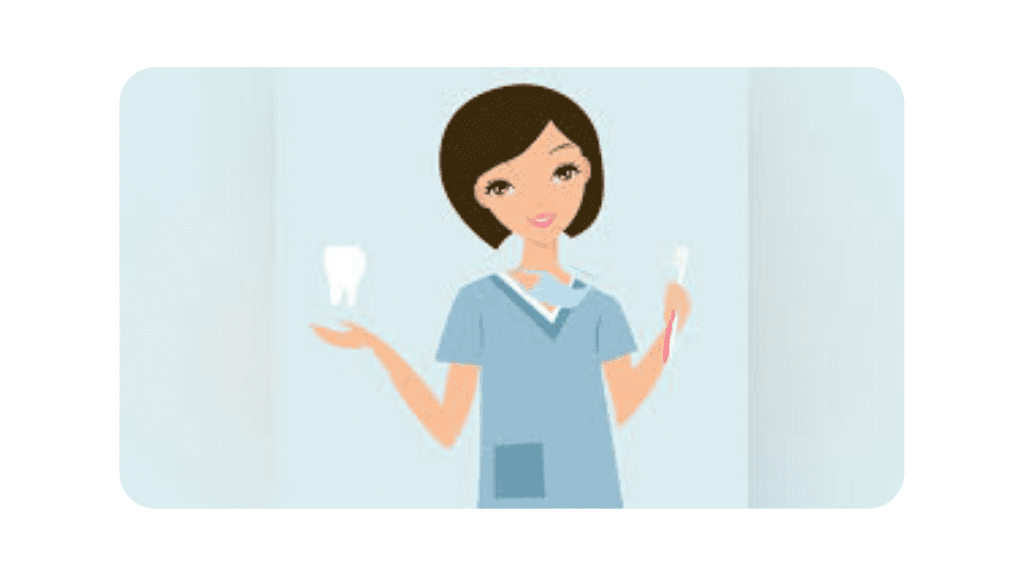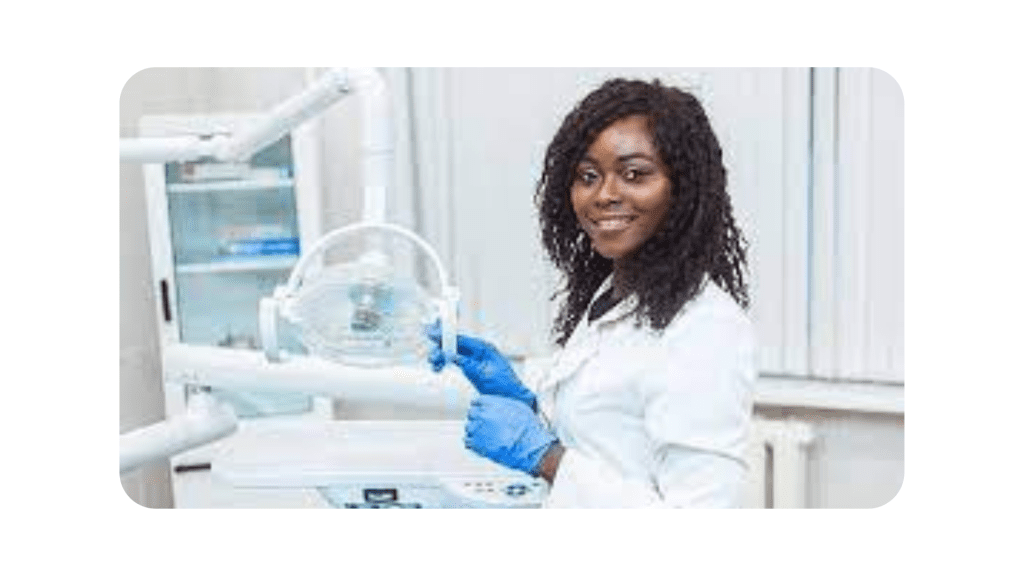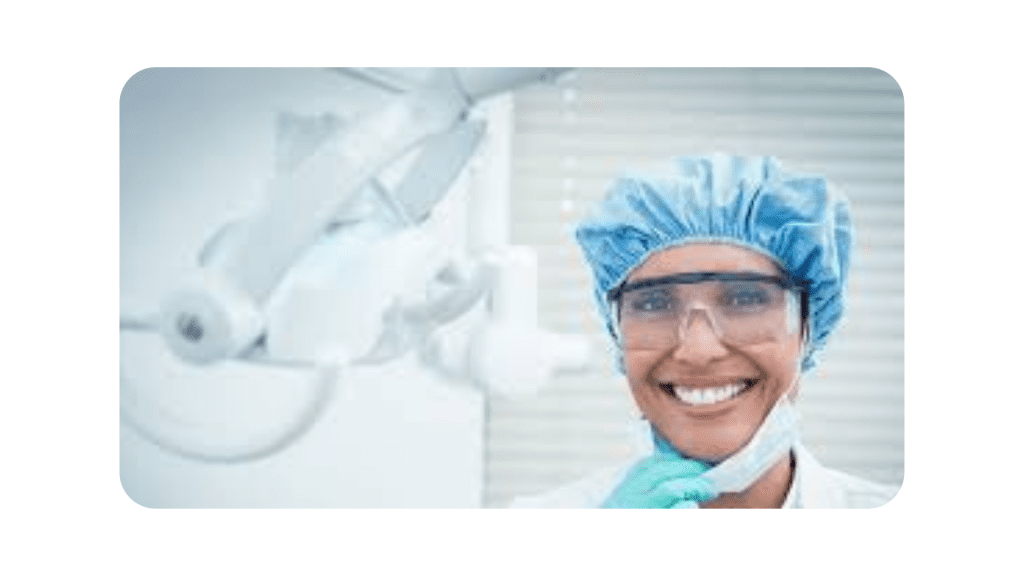
Do you want to see how a professional teeth cleaning is done by a hygienist? It is natural for many of us to experience some level of apprehension prior to going in for a dental cleaning procedure. If it has been years since your last visit to the dentist, it's possible that you don't remember or aren't even aware of how the procedure feels and what to anticipate.
Learning the ins and outs of dental cleaning can help ease any anxiety you may have about visiting the dentist and may even encourage you to schedule appointments more frequently. Let's investigate the purpose of having regular checkups like these, shall we?
What exactly is involved in a dental cleaning?
A cleaning at the dentist's office by a trained professional is a preventative treatment for oral disease. Patients have to do it on a consistent basis in order to remove tartar from areas of their teeth that are difficult to access at home. Even with consistent flossing and brushing, these areas are difficult to reach and clean. Scaling, cleaning, and debridement are all tasks that are typically the responsibility of the dental hygienist, who is the person who is responsible for the procedure (or plaque removal).
In an ideal world, you should have your teeth cleaned by a professional every six months as routine maintenance. If you have some dental issues, your dentist might recommend you do it more often. It is essential that you locate a dentist in your immediate vicinity and that you keep all of your regularly scheduled dental checkups. Visiting the dentist on a regular basis is, without a doubt, one of the most beneficial things that you can do for your own body and health. It is essential that you continue in this manner.
What can you expect when you get your teeth cleaned?

The majority of people avoid going to the dentist because of the associated discomfort, as well as the noise and prodding that comes along with it. However, going to the doctor for checkups on a regular basis ought to be your number one priority. You can prevent tartar and plaque buildup on your teeth by brushing and flossing your teeth on a regular basis. You will also be assisting in the prevention of periodontal disease as well as the maintenance of an odorless oral environment.
Step 1: Examining the teeth and gums
Every cleaning procedure starts with an examination of the mouth and teeth. The dental hygienist will examine the condition of your gums and teeth with the aid of a compact mirror during your appointment. They will search for obvious indications of gingivitis, periodontal disease, and tooth decay (gum inflammation). The hygienist will begin the cleaning process if there are no major issues that need to be addressed.
Note: If you use partial dentures, it's still important to get regular checkups. You should still take care to maintain excellent oral health because cavities can still form on your teeth.
Step 2: Plaque and tartar buildup will be removed
The tartar and plaque that are affecting the gum line will be removed with the help of a scaler by the dental hygienist. They will also remove any tartar that is still stuck between each tooth that was not previously removed. It is not unusual for the dental hygienist to repeatedly scrape the same area, particularly if there is a significant amount of tartar in that region.
Step 3: Conduct a thorough cleaning
After the plaque and tartar have been removed, they will move on to the more in-depth cleaning. The tartar that is still present will be removed by the hygienist with the help of a powerful electric toothbrush. This is an excellent choice for any areas that the scaler could have missed.
During a flossing session, the hygienist will work on the areas of the teeth that are the most difficult to clean. Performing this procedure helps identify any possible problem areas that might cause bleeding after flossing. It is a straightforward method of cleaning that will clean the teeth in every nook and cranny.

Step 5: Mouth rinse
When you are finished brushing your teeth, it is time for a mouth rinse. The debris that was left behind will be removed by the water, leaving a clean surface for you to work on. After that, you will spit out the water.
Step 6: Teeth guarding
Now that we've reached this point, it's time to complete the teeth-cleaning procedure. In order to assist your teeth in their fight against cavities over the next few months, the hygienist may apply a fluoride treatment. (You might even get to decide which flavor you want.) If this is the case, your hygienist will fashion a mouthpiece for you out of a foamy gel or a sticky paste. This piece will fit over your teeth and will remain in that position for one minute.
In addition, the use of fluoride varnish by dentists is not an unusual practice. The moment the fluoride comes into contact with saliva, a hardening process begins. As a consequence of this, you might find that you are unable to consume liquids or food immediately after cleaning.
How much time does it take to clean?
It is possible for a dental cleaning to take anywhere from half an hour to an entire hour, depending on the condition of your gums and teeth at the time of the appointment. For instance, if there are high levels of inflammation or tartar present, you might require half an hour. However, if the patient is relatively healthy and has a low level of tartar buildup, the procedure might take less than half an hour.
Patients who haven't had their teeth scaled in a very long time may require an additional ten to twenty minutes for the procedure. It's possible that the dental cleaning process will take longer if you also have gum disease or other issues with your teeth. As soon as you observe symptoms such as bleeding gums, soreness, or damage to your enamel, start looking for a dentist in your area.
Does having your teeth cleaned hurt?
The process that you use to clean shouldn't be painful. On the other hand, tooth sensitivity may be exacerbated in cases where there is gingival inflammation, oral disease, root exposure, or tooth decay. As a result, it is possible for some patients to experience some discomfort or even some mild pain while the cleaning procedure is being performed. If you are concerned about the pain, your dentist can numb the area by applying a local anesthetic to your gums before performing the procedure.

Conclusions and musings
Everyone should visit the dentist at least once every six months, but twice a year is the recommended frequency. The good news is that there is absolutely nothing for which you should be concerned. This procedure is one that does not cause a lot of discomfort and is typically completed rather quickly. And perhaps most importantly, it will assist in maintaining the health of your teeth and will work to protect them from developing cavities.
CLICK HERE TO SCHEDULE YOUR APPOINTMENT!
GET TO KNOW YOUR BEST DENTIST IN SUMMERLIN
Dr. Marianne Cohan was voted The Best Dentist/ Dental Office and Best Cosmetic Dentist from The Las Vegas Review-Journal in 2020 and 2021. She received her Doctor of Dental Surgery (DDS) from the State University of New York at Buffalo in 1992.

With an emphasis on cosmetic dentistry, complete makeovers, and implant dentistry, Dr. Cohan is committed to continuing education and feels that we never stop learning. Dr. Cohan takes pride in using high-powered magnification to perform minimally invasive restorative dentistry. She uses all the latest technological advances including digital radiography, digital photography, computer simulations, and high-resolution pictures of your proposed treatment on 55-inch screens. She also utilizes CBCT (cone beam) and laser technology.
Dr. Cohan is always available to her patients and is available for any dental emergency.